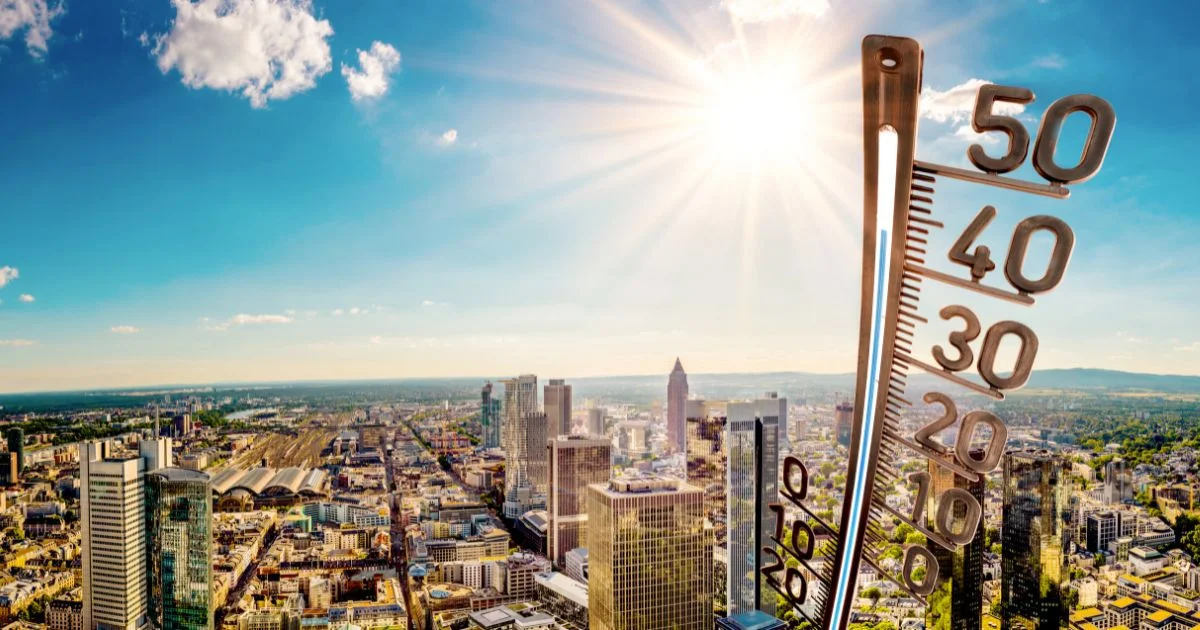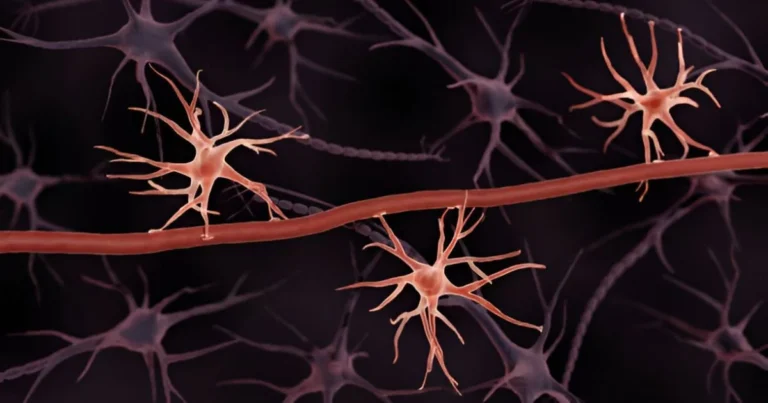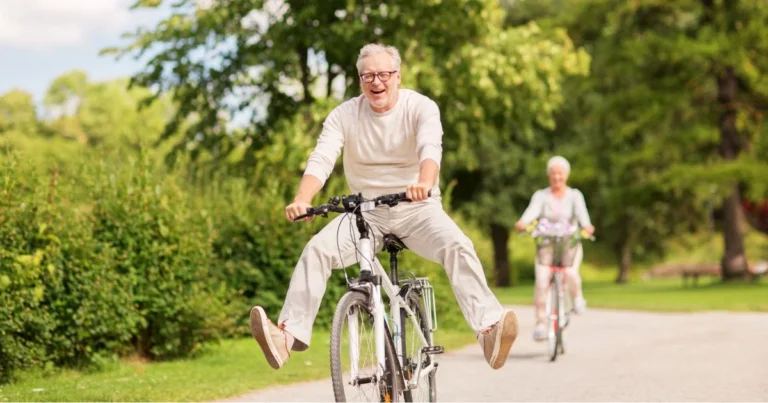Heat and Hypnagogia: How summer alters brain function
In summer, heat doesn’t just lull the body, it also dulls our alertness. In the midst of an afternoon, lying in the shade or sitting still, you may notice your thoughts begin to drift. Eyes half-closed, sounds fade away, and mental images arise unbidden. It’s not quite dreaming, yet it’s not fully awake.
This peculiar state, poised between wakefulness and sleep, is known as hypnagogia. We all experience it, often without awareness. But during heat spells, it becomes more frequent, more pronounced, and deeper. The brain, less stimulated and more fatigued, slips more easily into this hazy zone where memories, perceptions, and spontaneous thoughts merge.
How exactly does heat alter our mental functioning? Why do these states occur more often in summer? And do they serve a purpose in our well‑being? Beneath these subtle drifts, science is uncovering a distinct form of cerebral intelligence.
Inside the twilight state: how hypnagogia shapes consciousness
Hypnagogia is not mere daydreaming, it’s an early sleep stage marked by progressively changing brain rhythms. Rather than an abrupt switch between wakefulness and sleep, the brain transitions gradually. Hypnagogia represents one such transitional state: altered consciousness, fleeting yet rich in internal activity.
Brain waves evolve as we drift: alpha waves, associated with relaxed wakefulness, give way to slower theta waves typical of light sleep. During this shift, subtle but notable mental phenomena emerge: flashes of images, imagined sounds, distorted bodily sensations. Perception fragments and the stream of thought loosens.
At the same time, cognitive control functions relax. Reasoning, focused attention, and concentration wane. The brain shifts into a freer, less constrained mode. Thought becomes associative, letting memories and perceptions intermingle without strict logic. Far from a malfunction, this reflects a different, more flexible mode of cognition.
Normally, this phase is brief. Yet fatigue, stillness, stress, and heat, all amplify it. These factors increase the brain’s permeability, making it more prone to this gentle tipping. That explains why hypnagogic moments become not just more frequent but also more intense in summer.
🔗 Read also: Dreaming up solutions: The brain’s hidden creative mode
Cognitive cooling mode: heat’s impact on brain function
Heat places physiological strain on the brain. To maintain internal temperature stability, it must divert resources, sacrificing higher functions. Attention weakens, working memory slows, vigilance diminishes. In response, the brain switches to energy-saving mode. With reduced demands, it more readily slides into states like hypnagogia.
This shift isn’t a loss of control, it’s an adaptive strategy. Instead of sustaining a costly state of alertness, the brain adopts a lighter but still functional mode. Thoughts drift, mental imagery flows unfiltered, logical connections loosen. The brain doesn’t shut down; it reprioritizes. This is evidenced by decreased activity in the prefrontal cortex (executive control) and heightened activity in the default‑mode network (internal thought, memory, daydreaming). The result: a more open, less structured state of consciousness.
The hypothalamus plays a central role here. It regulates body temperature and sleep–wake cycles, acting as a mediator. During heat, it dampens certain wakefulness signals, easing the brain into this in‑between state, neither fully alert nor fully asleep.
🔗 Explore further: Creativity: A flash of rebellious brilliance
From drift to discovery: Hypnagogia and creative flow
This relaxation isn’t a retreat, it can be fertile mental ground. Freed from logical constraints and habitual filters, the brain explores unconventional connections. Perception stretches, time loses its structure, and spontaneous mental imagery emerges. Hypnagogia offers a brief window in which imagination unfolds outside rational boundaries.
Studies suggest this state promotes novel idea formation. By temporarily inhibiting lateral prefrontal cortex filters, the brain accesses original associations, sometimes creative breakthroughs. Artists and inventors like Salvador Dalí and Thomas Edison harnessed this intuitively. Dalí balanced a spoon over a plate while dozing; as soon as he began to drift off, the spoon dropped, awakening him to capture fresh hypnagogic images. Edison used falling ball bearings to wake him mid-snooze, preserving the raw thoughts that surfaced.
Summer naturally fosters these conditions: ambient warmth, slowed pace, lowered vigilance. The brain, freed from daily routines, is more apt to embrace this creative drift. This isn’t a weakness or anomaly, it’s a subtle adaptation, turning relaxation into a resource.
🔗 Discover more: Proust’s summer: When a bite of cake unlocks a lifetime
Although these mental floatings may seem trivial, they reveal flexible cerebral intelligence. The brain doesn’t pause, it adjusts: slowing down without shutting off, changing modes without disconnecting. This form of consciousness isn’t ineffective, it’s a cognitive economy where adaptability triumphs over immediate productivity.
In these moments, thought travels alternative paths: less linear, more intuitive, exploring associations that ordinary wakefulness suppresses. Recognizing such moments challenges rigid definitions of intelligence. It isn’t always during peak alertness or performance that the brain reveals its potential. Sometimes, it’s in slowing down, this ability to withdraw without disappearing, that it reveals a quiet lucidity at the fringes of wakefulness.
References
Huber, A., Kjellgren, A., & Passie, T. (2025). Hypnagogia, psychedelics, and sensory deprivation: The mythic structure of dream‑like experiences. Frontiers in Psychology, 16, Article 1498677.
Nir, Y., Tononi, G. (2010). Dreaming and the brain: from phenomenology to neurophysiology. Trends in Cognitive Sciences, 14(2), 88–100.
Stickgold, R., Walker, M. P. (2013). Sleep-dependent memory triage: Evolving generalization through selective processing. Nature Neuroscience, 16(2), 139–145.








